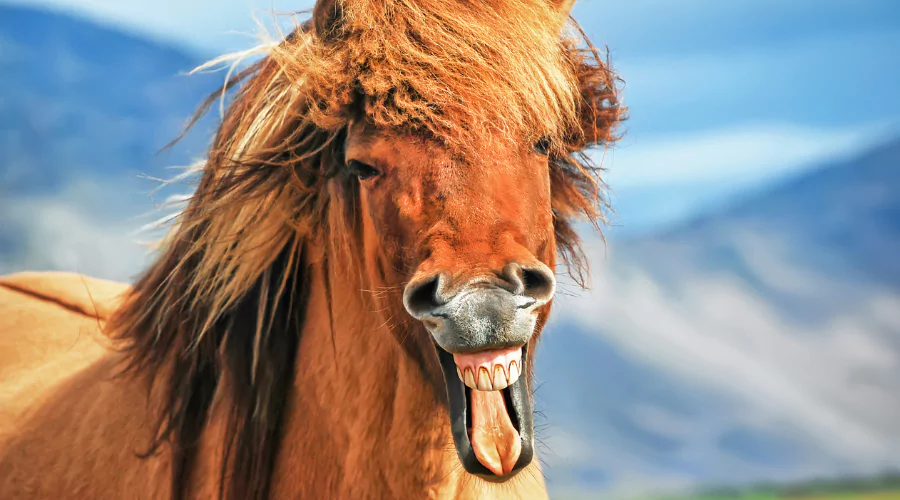Miniature horse breeds have a distinct and lasting appeal in the broad and beautiful world of equines. Whether you’re an experienced equestrian or a curious beginner to the horse world, these small equines are unquestionably appealing. Small horse breeds are a beautiful combination of charm and flexibility thanks to their petite stature, agility, and intelligence. In this thorough book, we’ll tour the fascinating world of tiny horse breeds, learning about their rich history, various traits, care needs, and the many ways they enhance our lives.
Understanding Small Horse Breeds
Small horse breeds, commonly known as ponies, typically stand under 14.2 hands high (hh) at the withers, with some breeds even smaller. Despite their diminutive stature, these breeds possess remarkable strength, endurance, and adaptability. They come in a wide array of colors, coat patterns, and temperaments, reflecting centuries of careful breeding and selection to meet the diverse needs of humans. Each small horse breed has unique characteristics and heritage, from the hardy Shetland pony of the windswept Scottish Isles to the elegant Welsh pony of the lush valleys of Wales.
Small Horse Breeds: A Closer Look
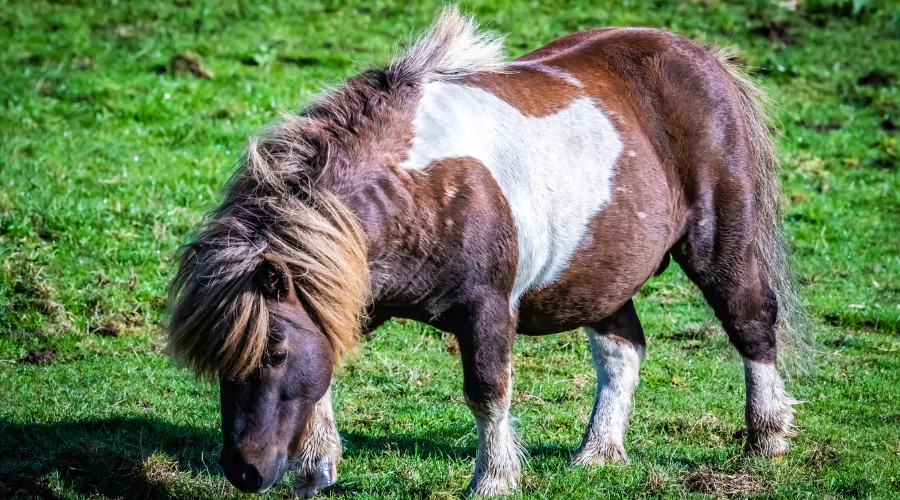
1. Shetland Pony
Originating from the rugged Shetland Isles off the coast of Scotland, Shetland Ponies have carved a niche for themselves as hardy and resilient equines. Their sturdy build, thick coats, and spirited personalities make them well-suited for various tasks, from pulling carts to delighting children in pony rides. Despite their diminutive size, Shetland Ponies possess an impressive strength-to-size ratio, allowing them to carry heavy loads and navigate challenging terrain easily. Renowned for their intelligence and tenacity, these ponies have a long history of serving as dependable companions and reliable workers, earning the admiration and respect of equestrians worldwide.
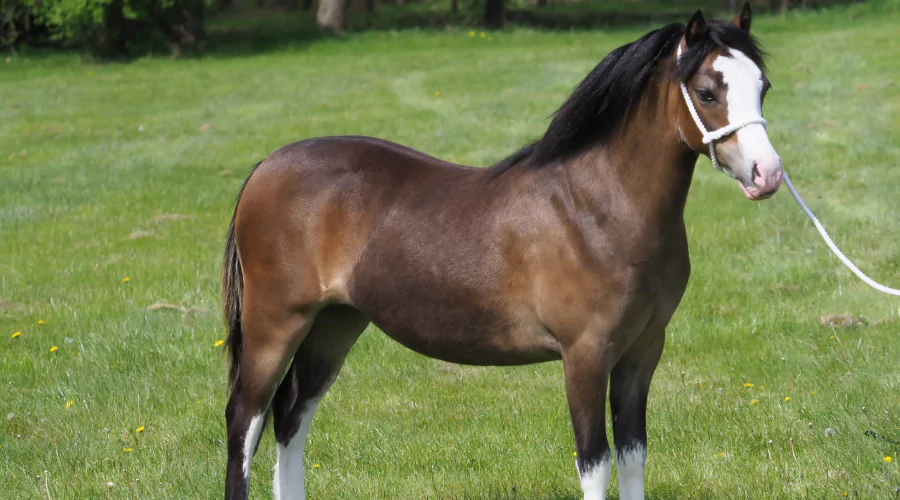
2. Welsh Pony
Nestled amidst the lush green hills of Wales, Welsh Ponies embody elegance, intelligence, and versatility. Renowned for their graceful movements and keen intellect, Welsh Ponies excel in various equestrian disciplines, including driving, jumping, and dressage. Their athletic prowess and adaptability make them popular for riders of all ages and skill levels, from children learning to ride to seasoned competitors vying for championship titles. Whether navigating intricate show courses or exploring scenic trails, Welsh Ponies captivate the hearts of equestrians with their beauty, charm, and unwavering loyalty.

3. Falabella
From the vast plains of Argentina emerges the Falabella, one of the smallest horse breeds in the world. Standing less than 30 inches tall at the withers, these miniature equines possess the conformation and proportions of a true horse, albeit in a pint-sized package. Despite their diminutive stature, Falabellas exhibit a refined appearance and gentle disposition, endearing them to horse lovers around the globe. Bred for their compact size and docile temperament, these miniature horses are valued as beloved companions, therapy animals, and show ring champions, showcasing their versatility and adaptability in various settings.
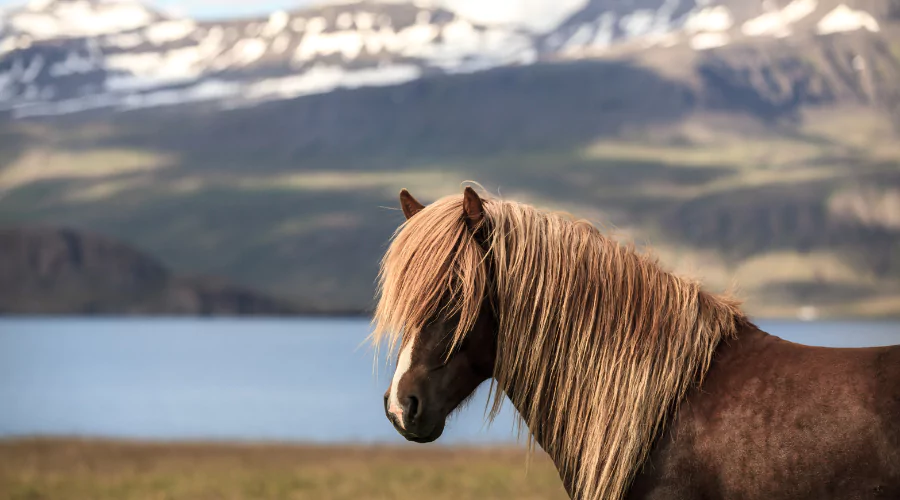
4. Icelandic Horse
For over a thousand years, the Icelandic Horse has been a steadfast companion to the people of Iceland, embodying the spirit of resilience, strength, and independence. Bred in isolation on the volcanic island, Icelandic Horses are renowned for their unique gaits, including the smooth tölt and the exhilarating flying pace. Renowned for their sure-footedness and endurance, these hardy equines excel in trekking across rugged landscapes and participating in traditional Icelandic horse sports, such as horse racing, herding, and sheep sorting. With their gentle disposition and unwavering loyalty, Icelandic Horses forge deep and lasting bonds with their riders, enriching their lives with every hoofbeat.
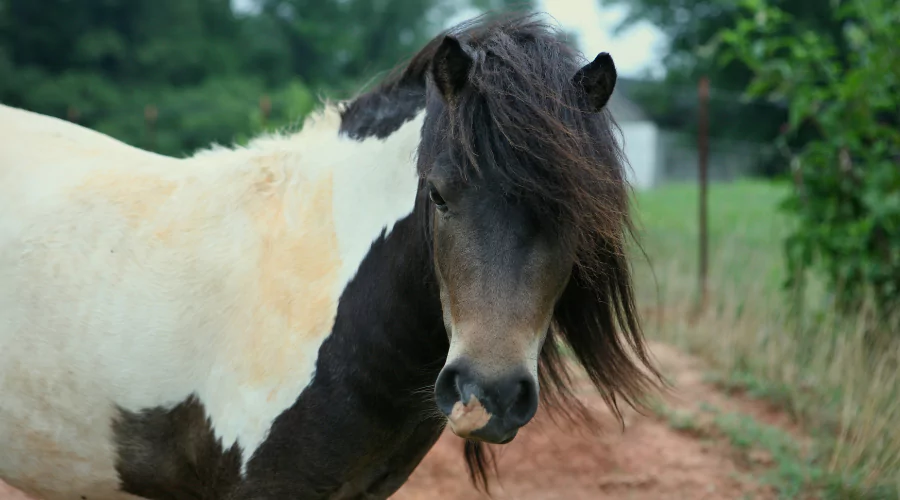
5. Miniature Horse
Developed from various small horse breeds, Miniature Horses capture the hearts of horse enthusiasts with their diminutive size and gentle temperament. While they may resemble ponies, Miniature Horses are officially classified as horses by breed registries, with height classifications typically ranging from 34 to 38 inches at the withers. Bred for their compact size and friendly disposition, these pint-sized equines excel as companion animals, therapy horses, and competitive show ponies, showcasing their versatility and adaptability in various roles. Whether participating in agility courses, visiting nursing homes, or delighting audiences in the show ring, Miniature Horses leave a lasting impression wherever they go, proving that great things come in small packages.
From the enchanting Connemara pony of Ireland to the spirited American Miniature Horse, the world of small horse breeds is as vast and diverse as it is fascinating. Each breed possesses its unique attributes, heritage, and appeal, reflecting centuries of careful breeding and selection to meet the diverse needs of humans. Whether you’re drawn to the rugged ponies of the Scottish Isles or the elegant horses of the Argentine pampas, there’s a small horse breed to suit every preference and purpose, enriching our lives with their beauty, grace, and companionship.
Characteristics of Small Horse Breeds
Compact Size
Small horse breeds typically stand under 14.2 hands high (hh) at the withers, with some breeds even smaller. This compact size makes them well-suited for various equestrian activities, from driving and jumping to therapy work and companion animals.
Sturdy Build
Despite their diminutive stature, small horse breeds are often characterized by a sturdy and robust build, with strong bones, well-muscled bodies, and thick coats to withstand harsh weather conditions and rugged terrain.
Thick Manes and Tails
Many small horse breeds possess thick, flowing manes and tails, adding to their visual appeal and giving them a regal and majestic appearance.
Intelligent and Trainable
Small horse breeds are renowned for their intelligence, adaptability, and willingness to work with humans. Whether learning new tricks, navigating challenging obstacles, or excelling in competitive arenas, these equines thrive on mental stimulation and positive reinforcement.
Hardy and Resilient
Bred for centuries to withstand harsh environmental conditions and perform demanding tasks, small horse breeds exhibit remarkable hardiness, resilience, and longevity. From the windswept moors of Scotland to the arid plains of the American West, these equines have proven reliable and enduring companions.
Historical Significance
Role in Agriculture
Throughout history, small horse breeds have played a vital role in agriculture as indispensable partners in plowing fields, pulling carts, and transporting goods to market. From the medieval draft ponies of Europe to the sturdy working ponies of the American frontier, these equines have been valued for their strength, endurance, and reliability.
Transportation and Postal Services
Before the advent of modern transportation, small horse breeds were relied upon for their speed, agility, and endurance in delivering mail and transporting passengers across long distances. From the legendary Pony Express riders of the American West to the hardy pack ponies of the Himalayas, these equines have traversed rugged terrain and braved challenging conditions to deliver messages and goods to their destinations.
Children’s Mounts
Small horse breeds have long been cherished as companions and mounts for children, allowing them to learn horsemanship skills, build confidence, and forge lasting bonds with these remarkable animals. From pony rides at county fairs to pony clubs and riding schools, these equines have introduced countless children to the joys of horseback riding and instilled in them a lifelong love of horses.
Cultural Significance in Folklore and Mythology
Small horse breeds have captured the imagination of people around the world for centuries, appearing in myths, legends, and folklore as symbols of strength, freedom, and adventure. From the magical unicorns of ancient Greece to the mystical kelpies of Scottish folklore, these equines have inspired countless stories, songs, and works of art, leaving an indelible mark on human culture and imagination.
Exploring the Appeal
Small horse breeds hold a special place in the hearts of equestrians worldwide, captivating them with their charm, versatility, and companionship. Whether it’s the playful antics of a Shetland pony or the graceful movements of a Welsh pony, these diminutive equines never fail to leave a lasting impression. Here are some reasons why horse enthusiasts cherish small horse breeds:
Versatility
Despite their small stature, small horse breeds excel in various equestrian disciplines, from driving and jumping to dressage and therapeutic riding. Whether navigating intricate obstacle courses, performing intricate dressage movements, or providing emotional support to individuals with special needs, these equines demonstrate remarkable versatility and adaptability in meeting the diverse needs of their riders.
Manageability
Their compact size makes small Horse breeds easier to handle, train, and care for, especially for novice horse owners or individuals with limited space. From grooming and tacking up to leading and handling, these equines require less physical strength and expertise than their larger counterparts, making them ideal companions for individuals of all ages and skill levels.
Affectionate Nature
Small horse breeds often possess friendly, sociable, and affectionate personalities, endearing them to their owners and caregivers. Whether it’s nuzzling for treats, nickering for attention, or eagerly greeting their human companions, these equines thrive on human interaction and companionship, forming deep and meaningful bonds that endure for a lifetime.
Cost-Effectiveness
Small horse breeds require less feed, space, and maintenance than their larger counterparts, making them a cost-effective option for many equestrians. From lower feed bills and reduced boarding costs to less frequent veterinary care and lower transportation expenses, these equines offer significant savings without compromising quality or performance.
Caring for Small Horse Breeds
Proper care and management are essential for small horse breeds’ health, happiness, and well-being. From nutrition and housing to veterinary horse care and grooming, here are some key aspects to consider when caring for these remarkable equines:
Nutrition
Provide a balanced diet tailored to the Horse’s needs, considering factors such as age, weight, activity level, and metabolic rate. Offer high-quality forage, such as grass hay or haylage, supplemented with a ration of fortified grains, pelleted feeds, or commercially formulated concentrates to meet their nutritional requirements.
Housing
Ensure adequate shelter, turnout space, and protection from harsh weather conditions to promote physical and mental well-being. Provide access to clean water, fresh air, and ample grazing opportunities, allowing small horse breeds to engage in natural behaviors, such as grazing, socializing, and exercising, in a safe and secure environment.
Veterinary Care
Schedule regular wellness exams, vaccinations, dental care, and parasite control to maintain optimal health and prevent the onset of disease or illness. Consult with a qualified veterinarian or equine nutritionist near you to develop a comprehensive healthcare plan tailored to your Horse’s specific needs, including preventive measures, diagnostic testing, and treatment options.
Exercise and Enrichment
Engage small horse breeds in regular exercise and mental stimulation to promote physical fitness, mental well-being, and happiness. Provide riding, driving, groundwork, and interactive play opportunities, allowing them to develop confidence, coordination, and communication skills while strengthening the bond between Horse and rider.
Grooming
Practice regular grooming to keep the Horse’s coat, mane, and tail clean, healthy, and free from tangles, mats, or debris. Use appropriate grooming tools, such as brushes, combs, and hoof picks, to remove dirt, sweat, and loose hair while inspecting the Horse for any signs of injury, inflammation, or skin conditions. Establish a grooming routine that includes bathing, clipping, mane pulling, and hoof care to maintain the Horse’s appearance and hygiene while monitoring for any changes in their physical condition or behavior.
Conclusion
In conclusion, small horse breeds offer a delightful blend of charm, versatility, and companionship, captivating equestrians worldwide with unique attributes and appeal. Whether you dream of owning a miniature horse or admire the smallest horse breeds from afar, there’s no denying the enduring allure of these pint-sized equines. By understanding their characteristics, history, and care requirements, equestrians can forge rewarding partnerships with small horse breeds, enriching their lives and the lives of these remarkable animals. So, whether you’re drawn to the spirited Shetland pony or the majestic Welsh pony, take a moment to appreciate these extraordinary equines’ beauty, grace, and resilience, whose presence brings joy and inspiration to all who encounter them.
Frequently Asked Questions (FAQ’S)
Are Small Horse Breeds Suitable for Children?
Many small horse breeds are well-suited for children due to their manageable size, gentle temperament, and suitability for various activities such as pony rides, lead-line classes, and youth equestrian programs. However, proper supervision and training are essential to ensure a safe and enjoyable experience for the child and the Horse.
What is the Smallest Horse Breed in the World?
The Falabella is widely considered the smallest horse breed in the world, with some individuals standing less than 30 inches tall at the withers. Originating from Argentina, Falabellas are prized for their miniature size, refined appearance, and gentle disposition.
What is the Difference Between Small Horse Breeds and Miniature Horse Breeds?
While both small and miniature horse breeds are characterized by their diminutive size, there are some distinctions between them. Small horse breeds, also known as ponies, typically stand under 14.2 hands high (hh) at the withers and may exhibit pony-like characteristics such as thick coats, sturdy builds, and hardy temperaments. In contrast, miniature horse breeds are officially classified as horses by breed registries and have height classifications typically ranging from 34 inches to 38 inches at the withers. They are often bred for their small size and gentle temperament, making them popular choices for companion animals, therapy horses, and competitive show ponies.
What is a Smallish Horse?
A smallish horse is a horse that is smaller than average but not quite pony-sized, typically standing between 14.2 and 15.2 hands high at the withers.
You May Also Like:
A Guide to Racing Horse Breeds
8 Powerful Draft Horse Breeds: Titans of Labor
The Beauty Black Horse Breeds
10 Beautiful Russian Horse Breeds
The Magnificent Family of Mexican Horse Breeds
